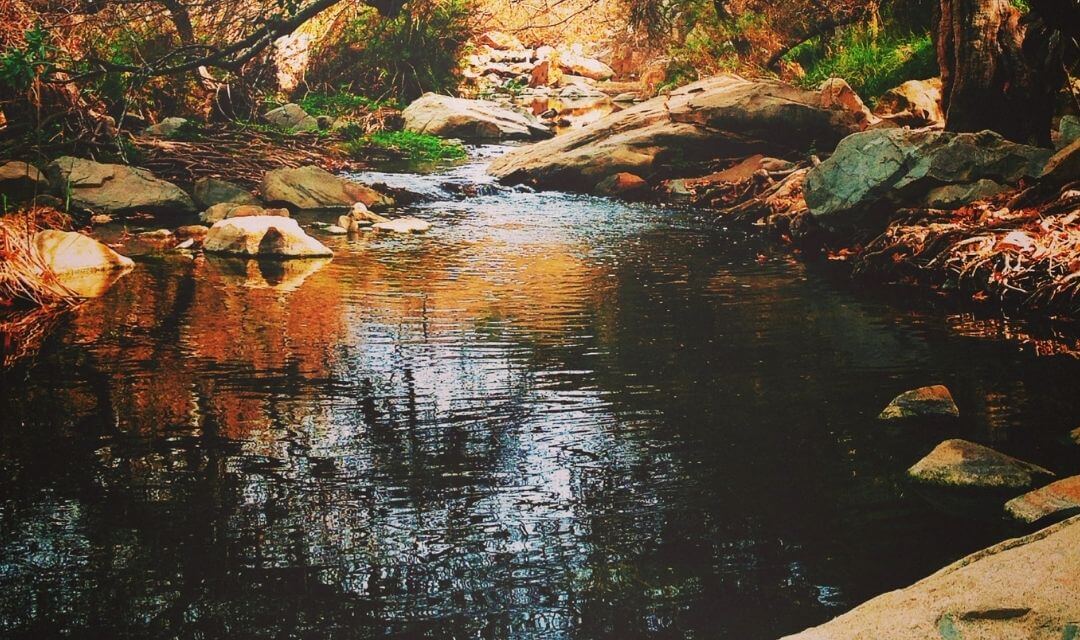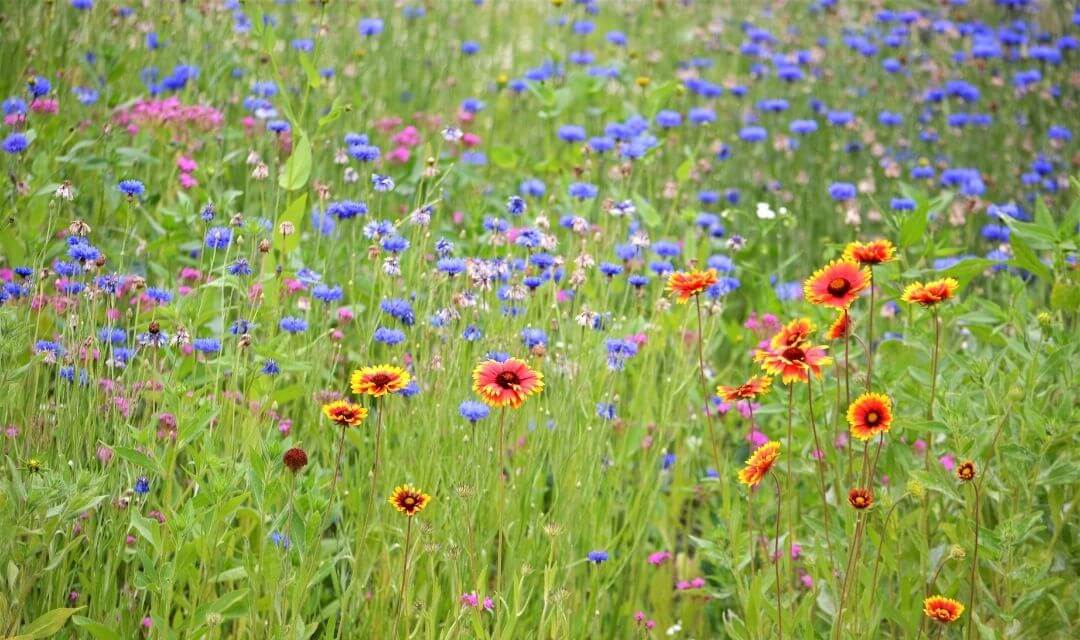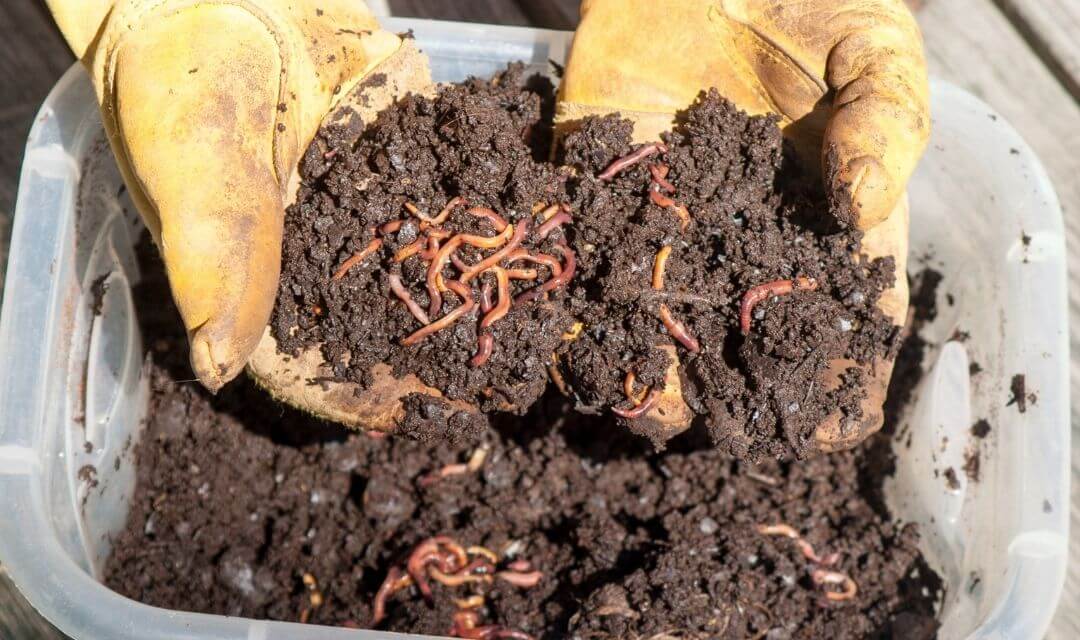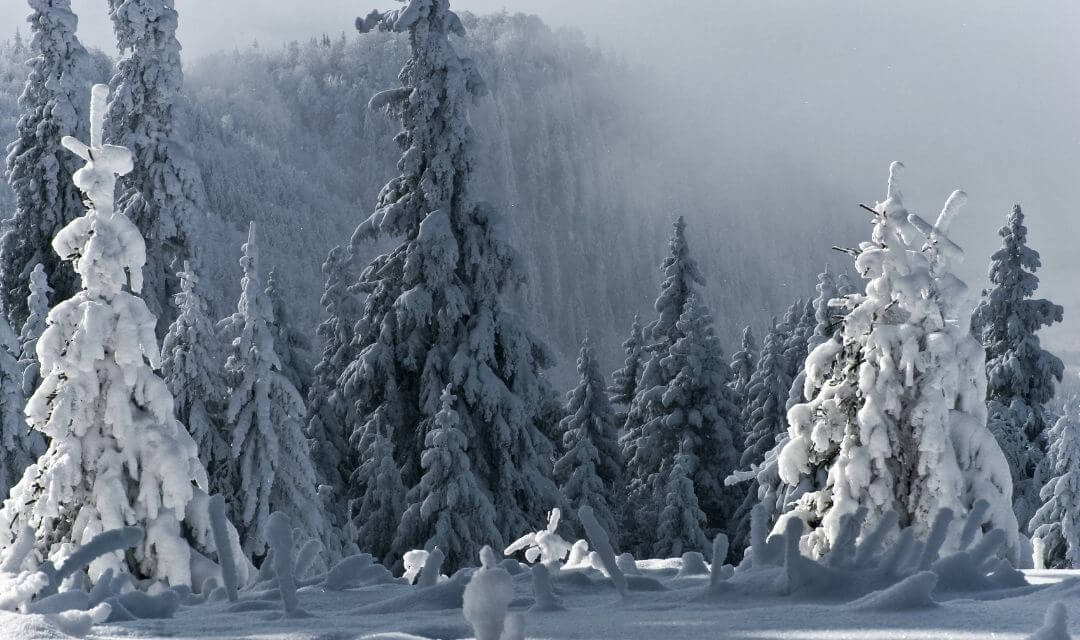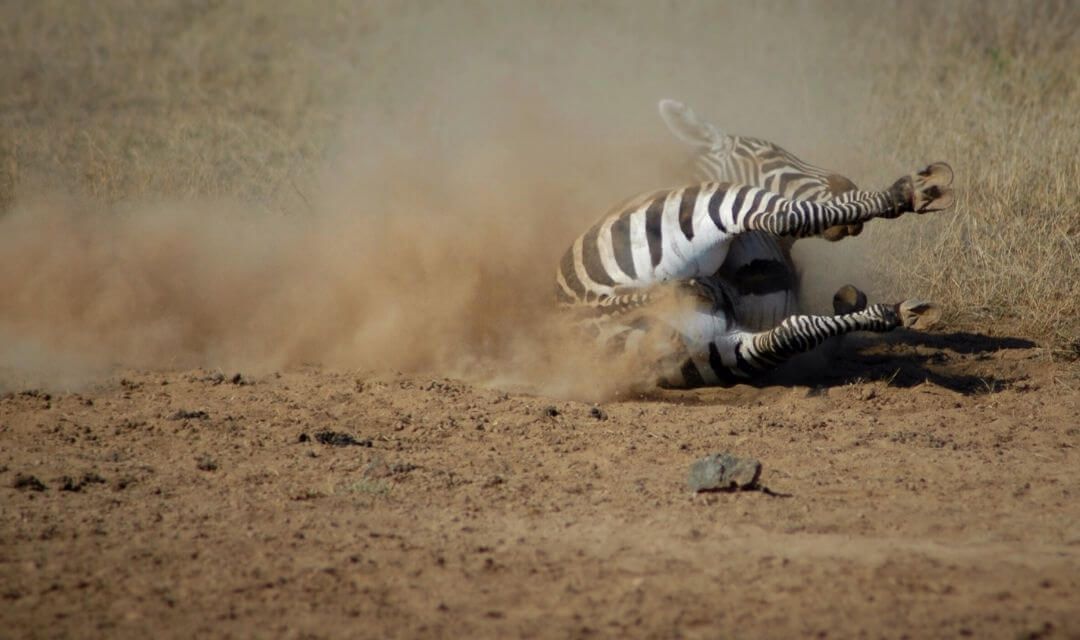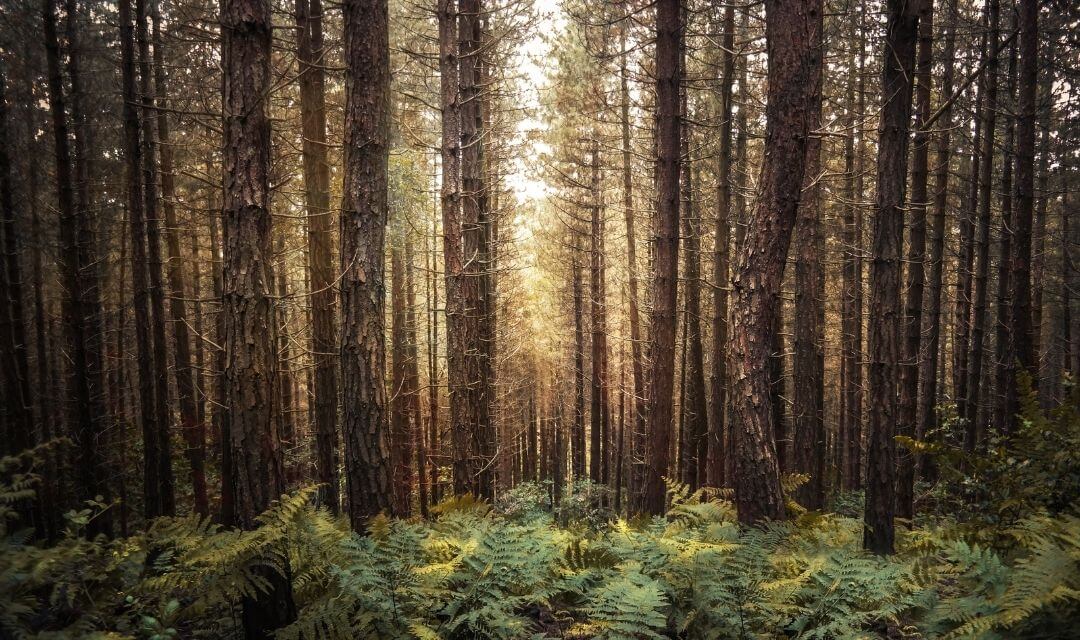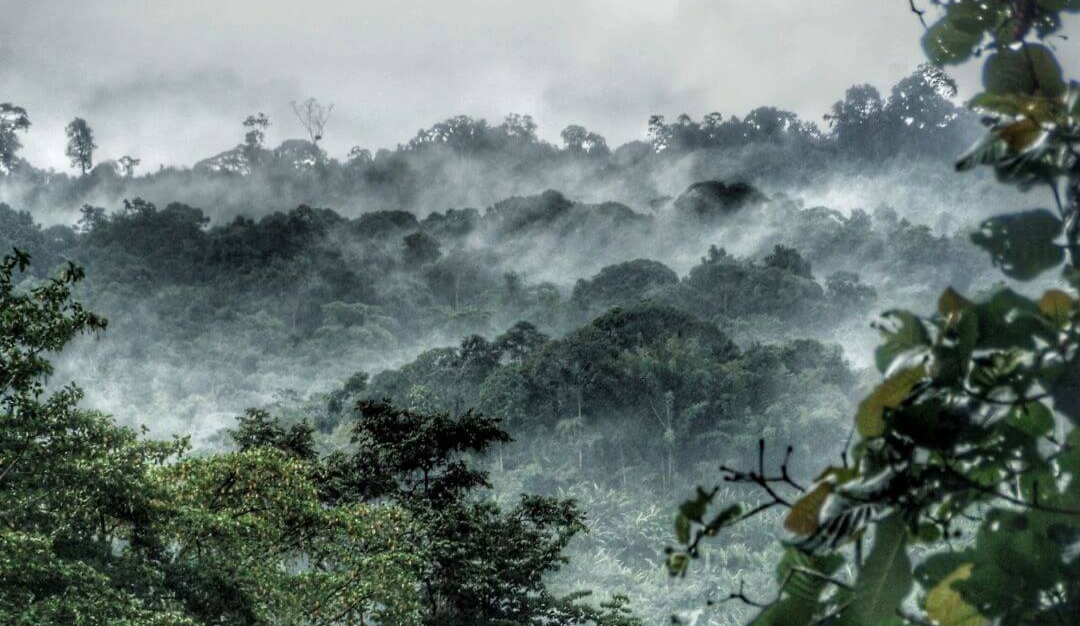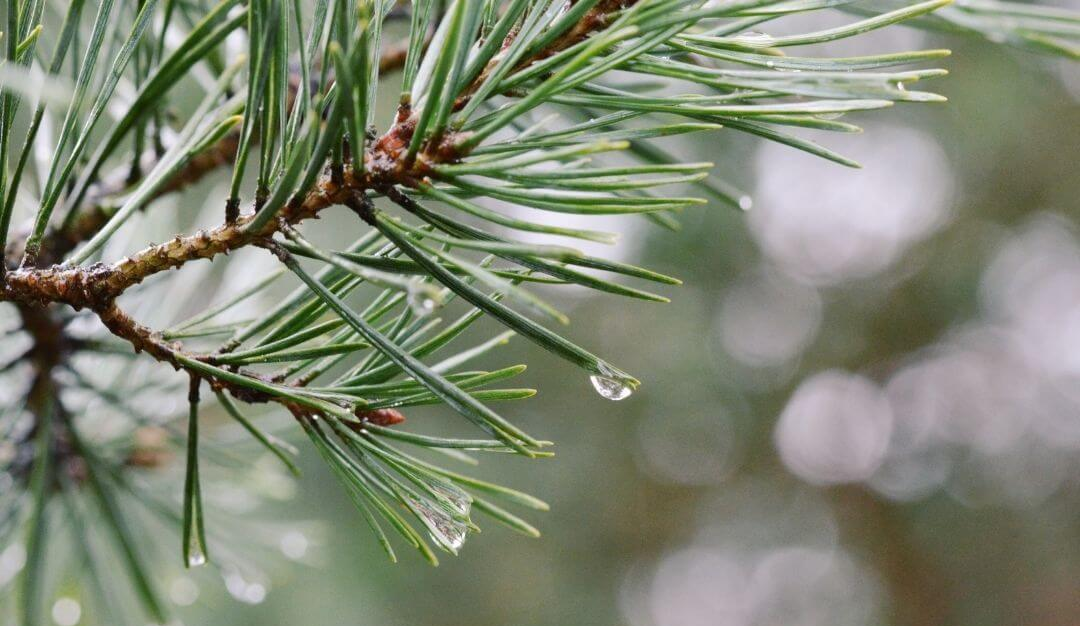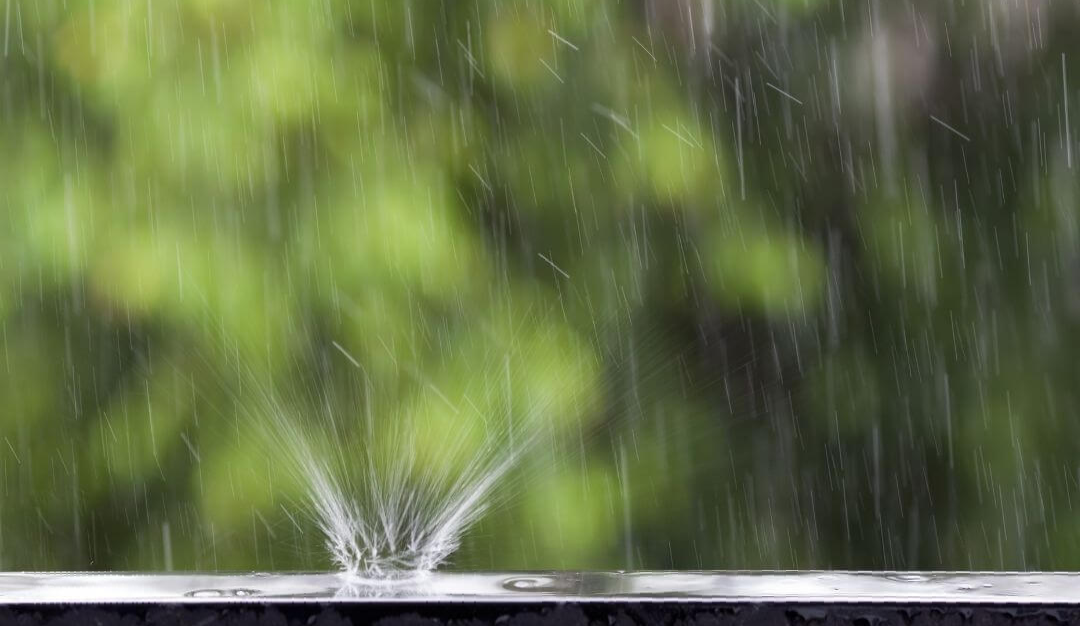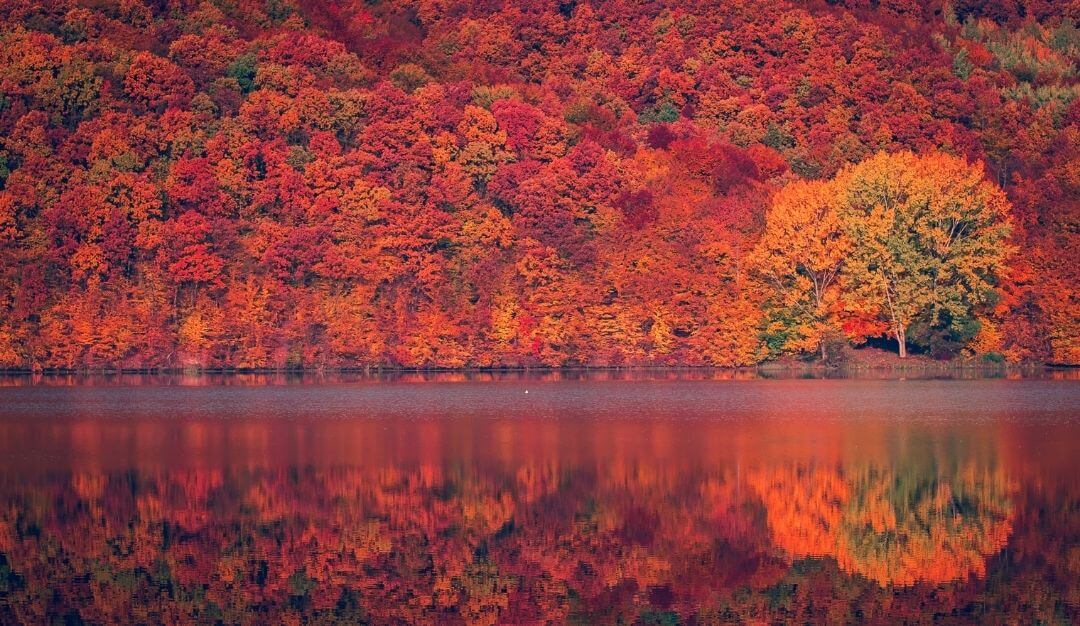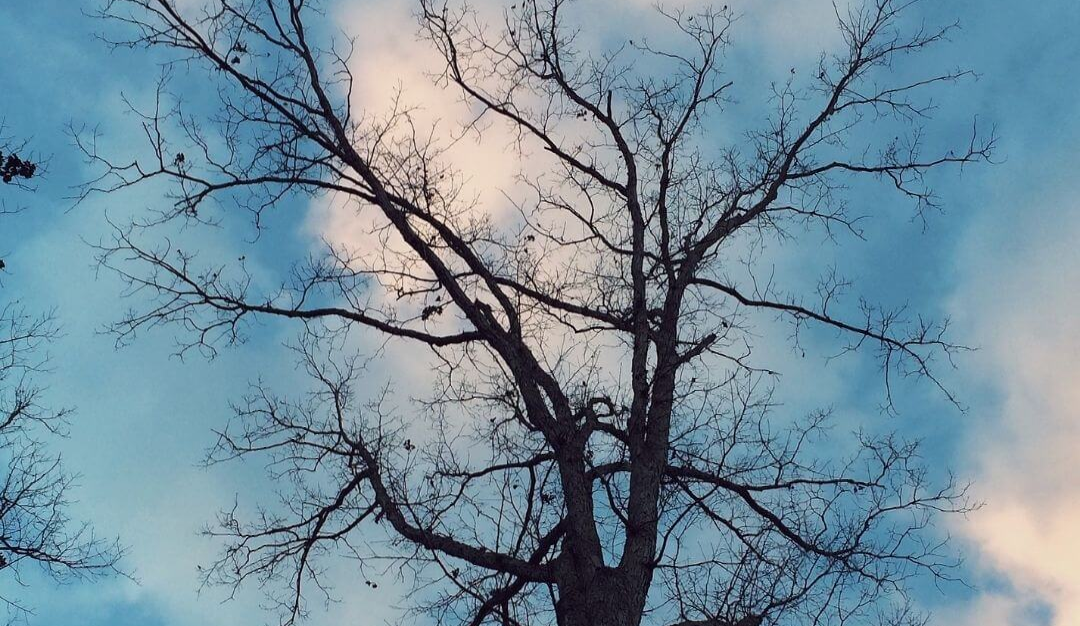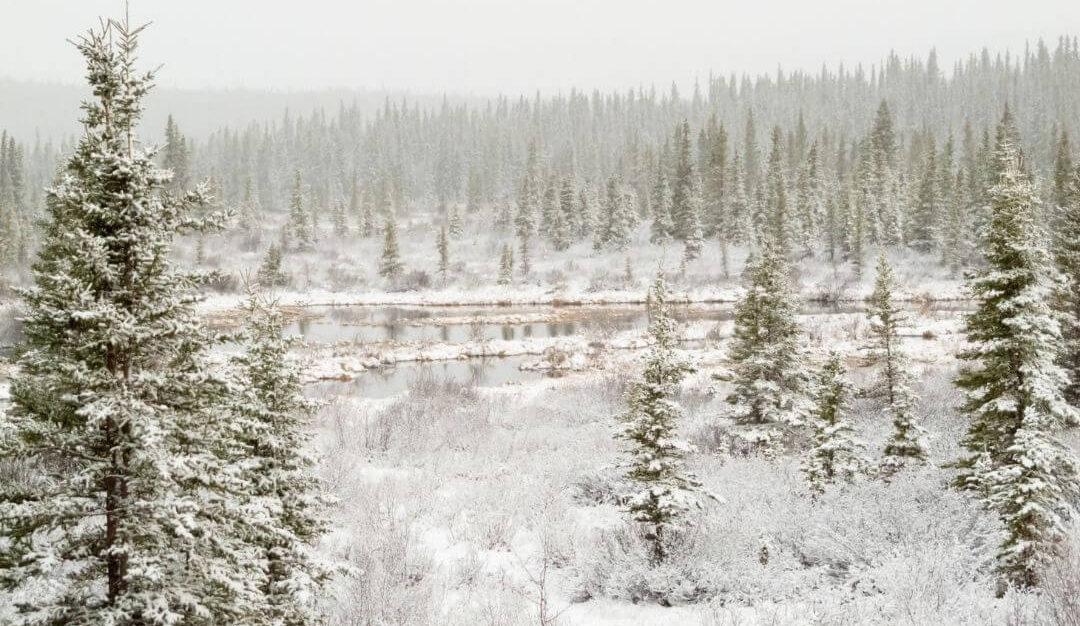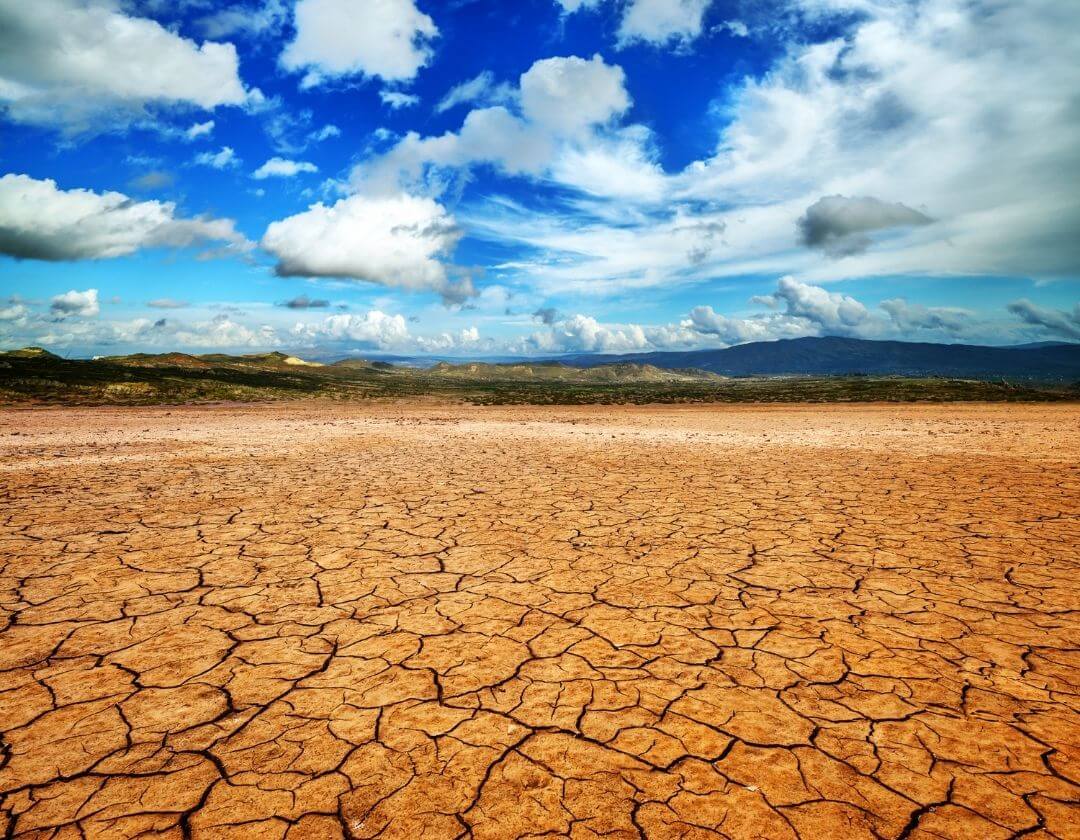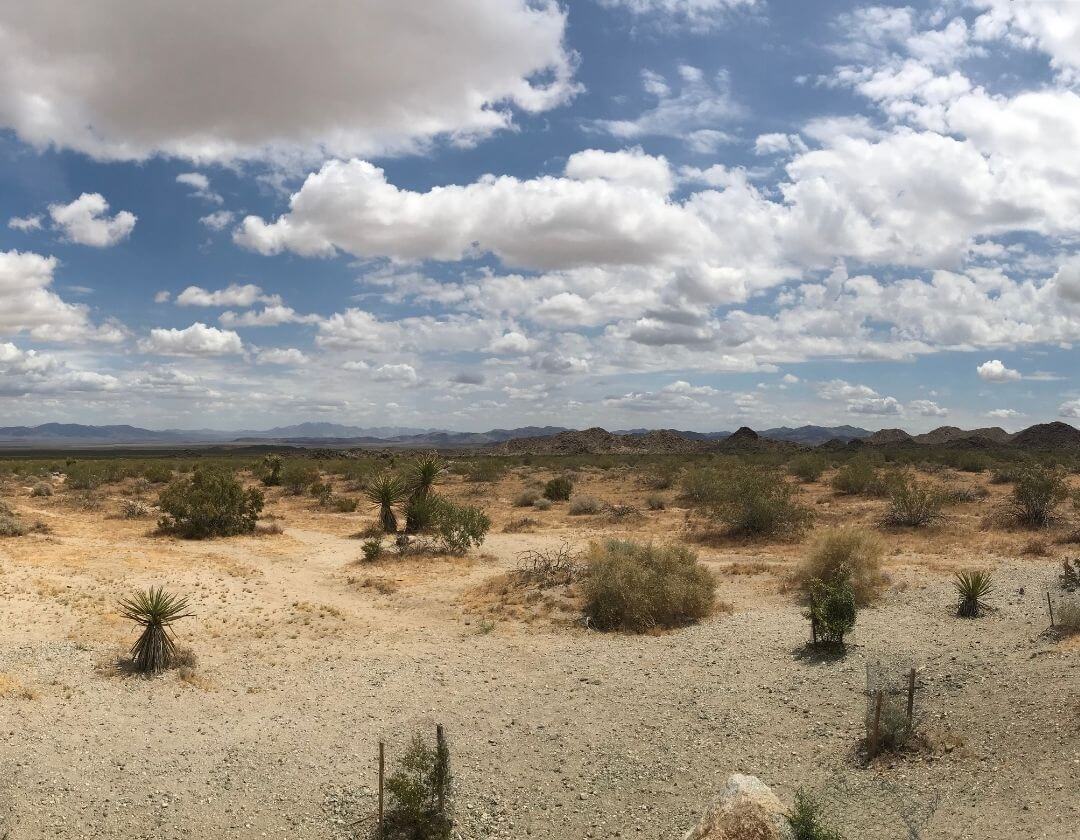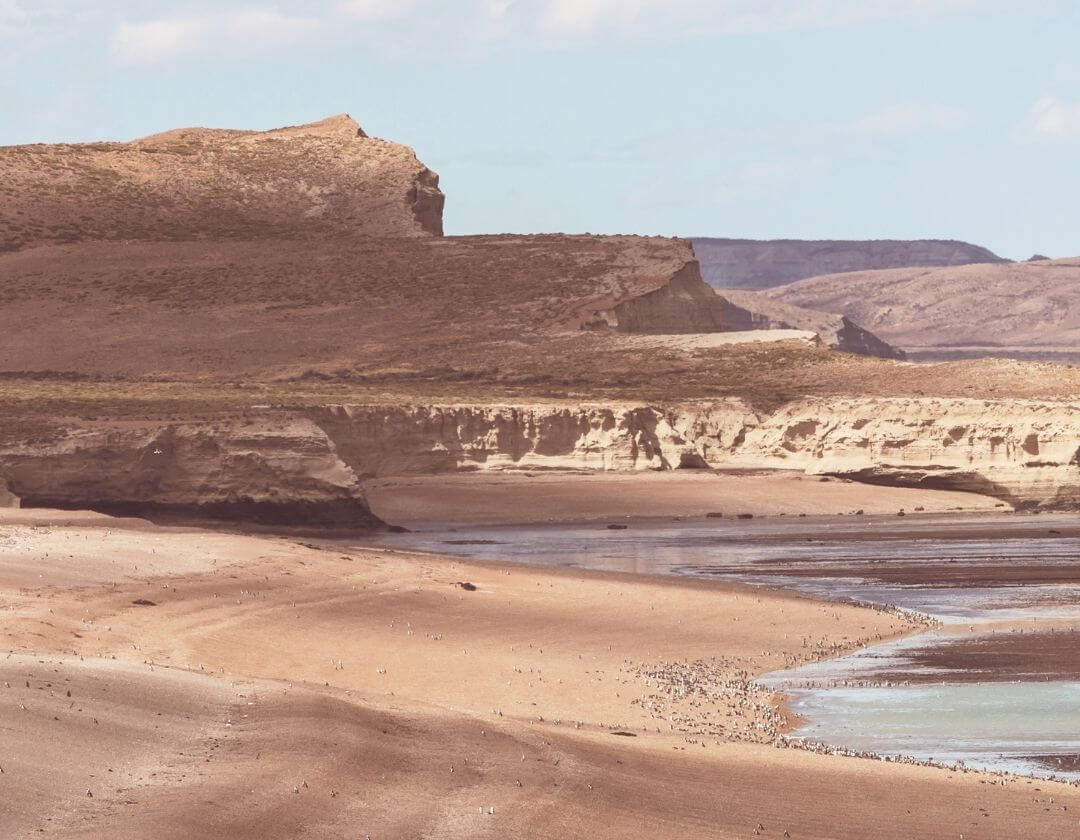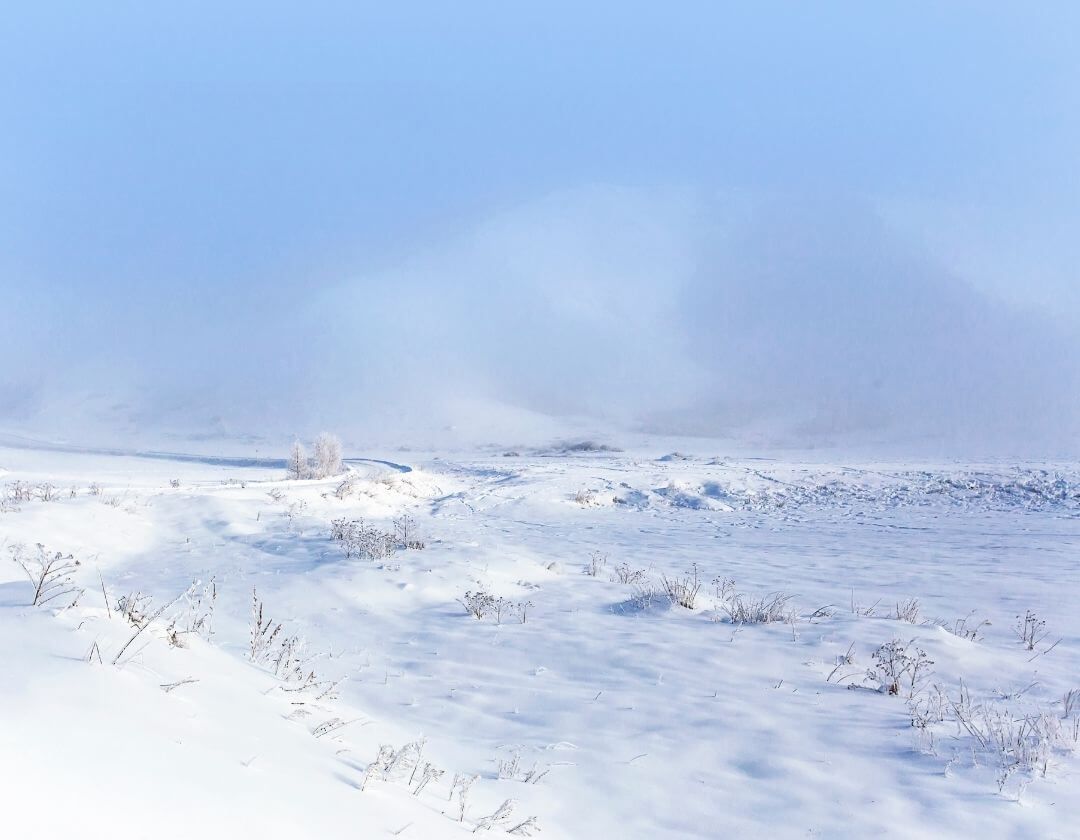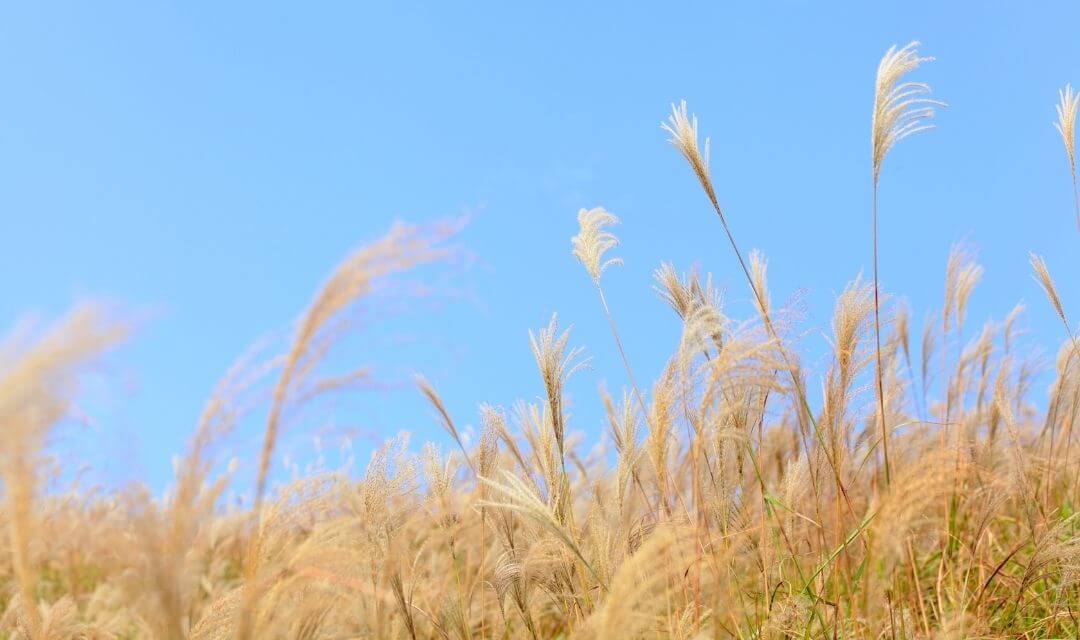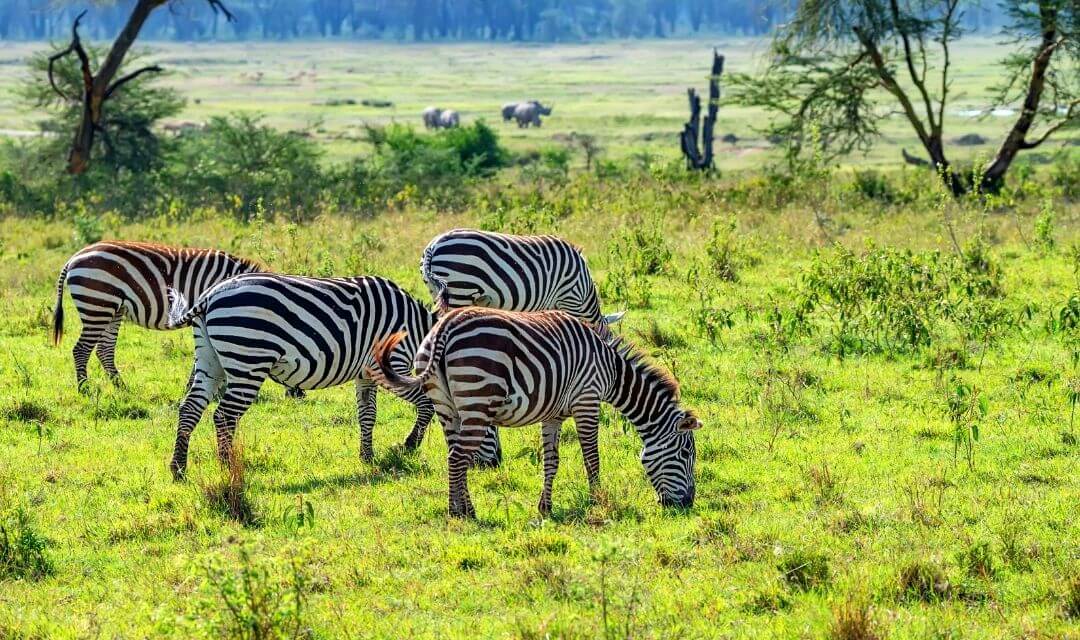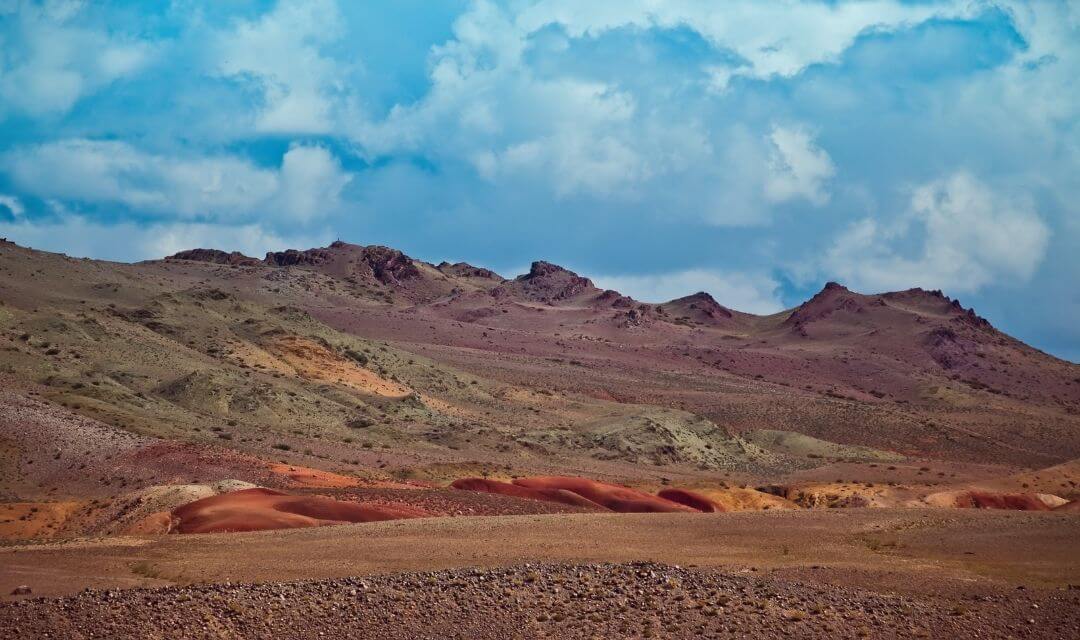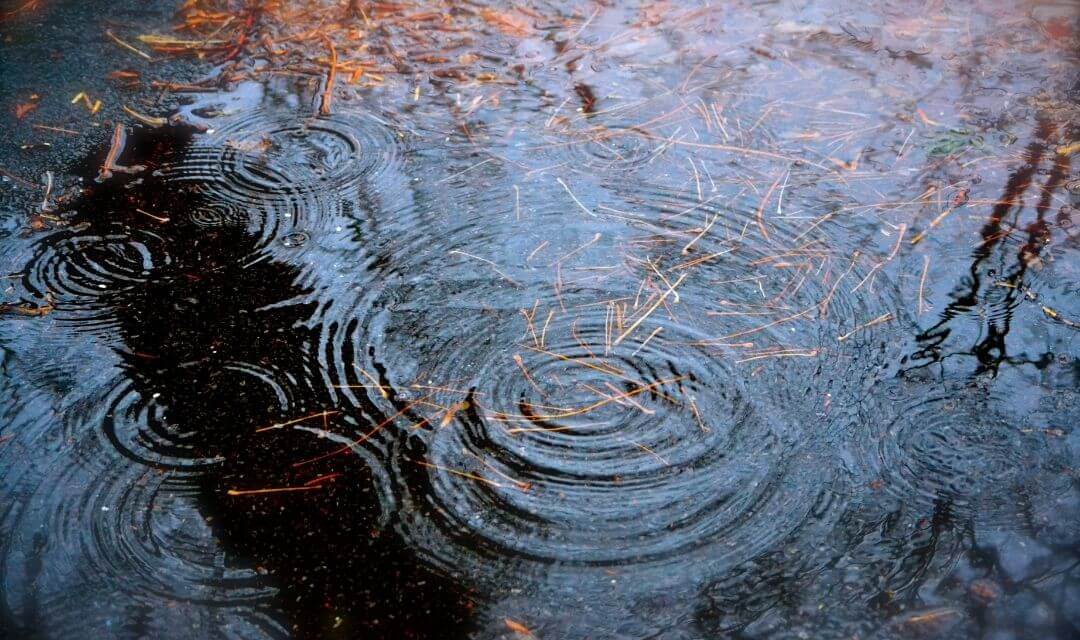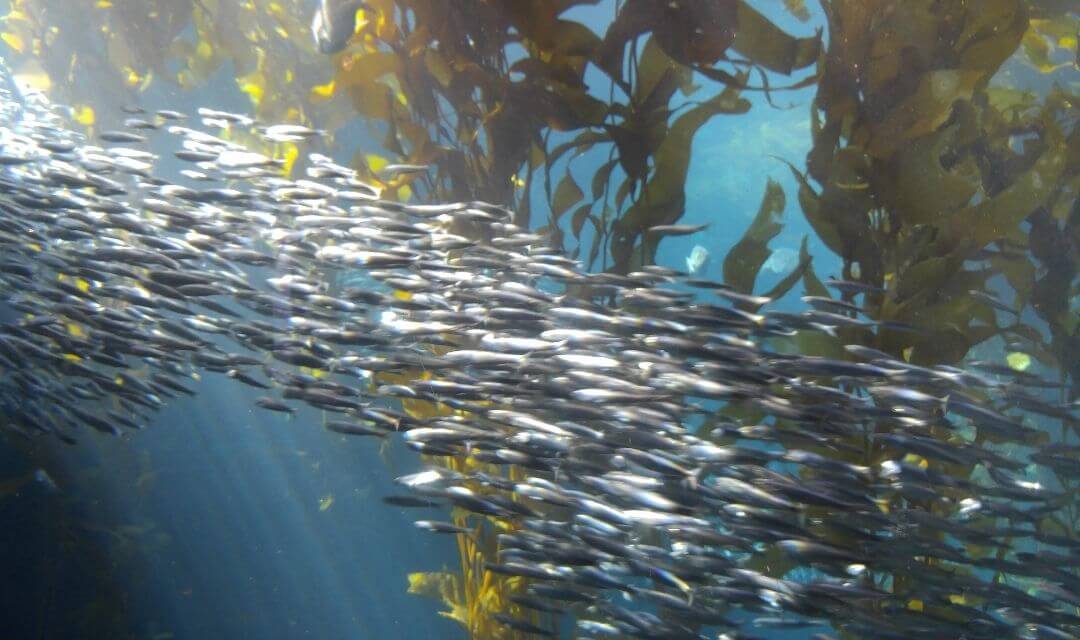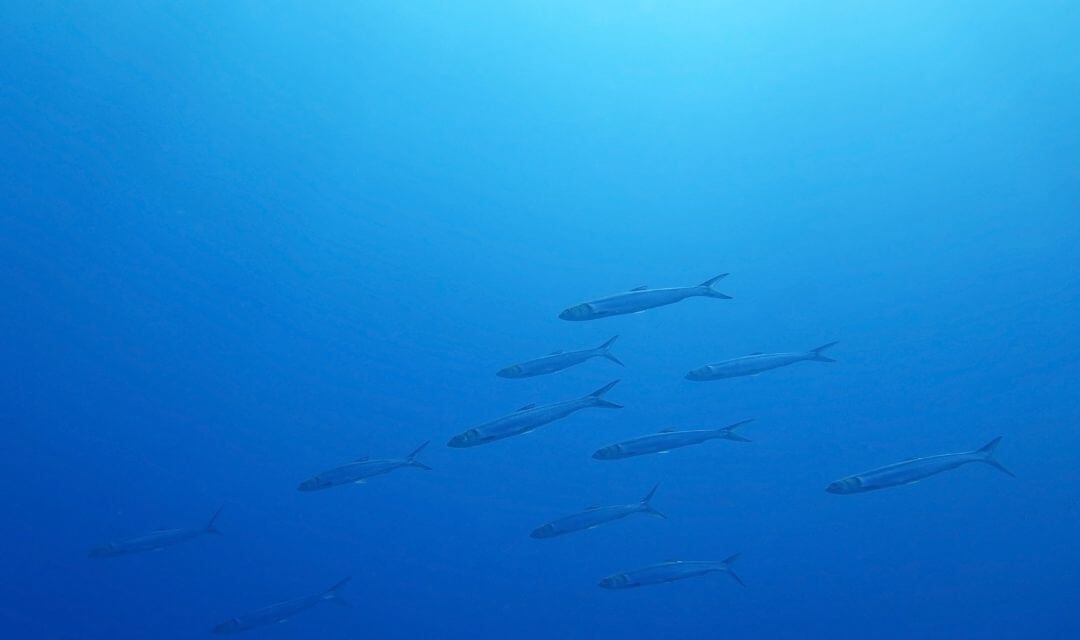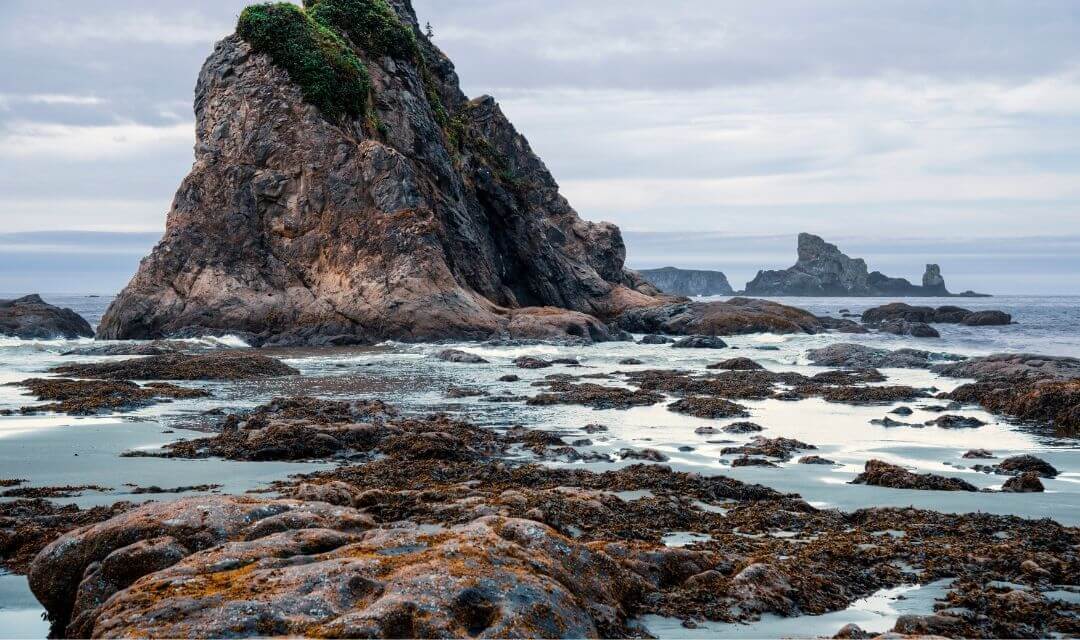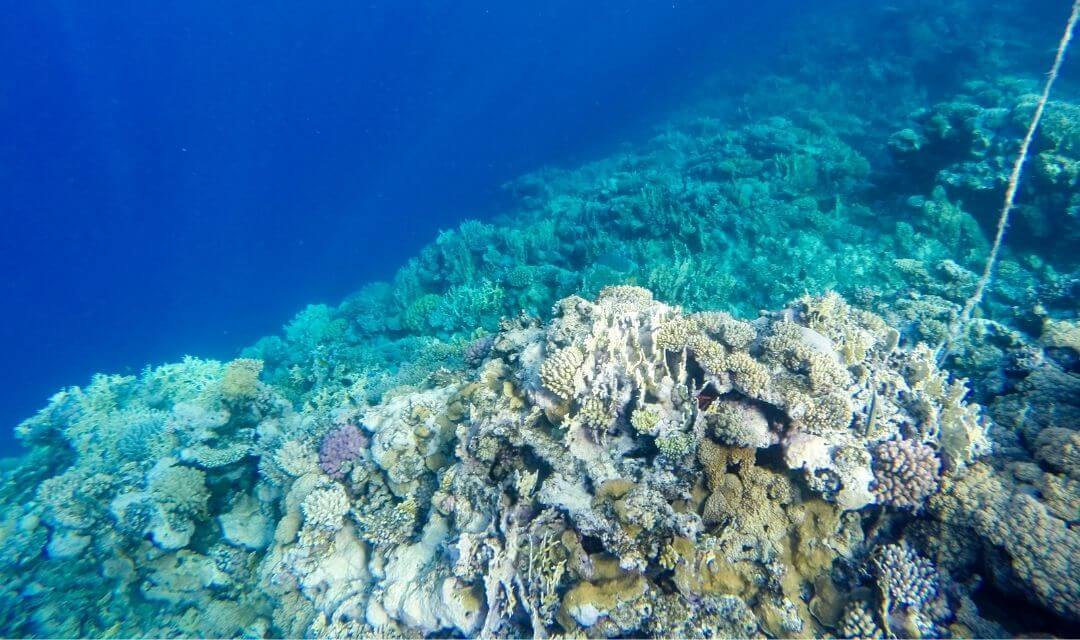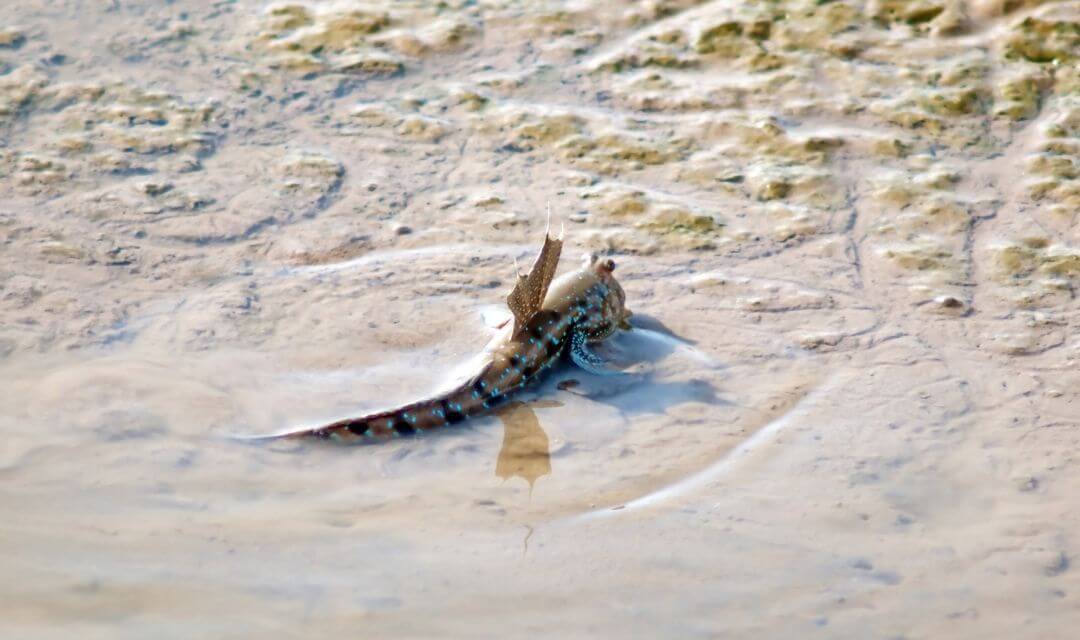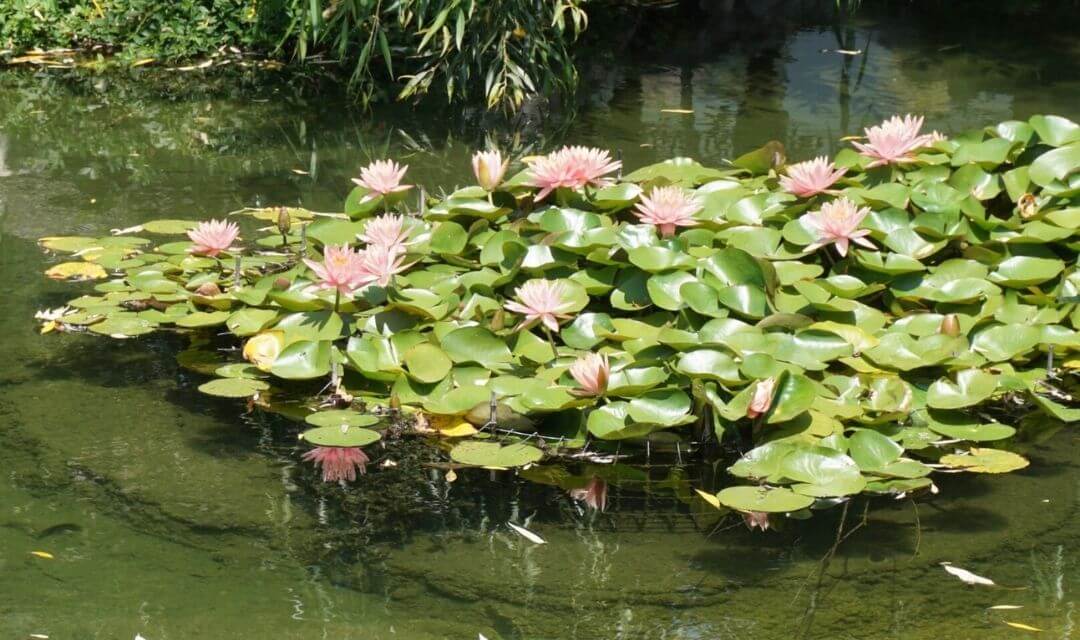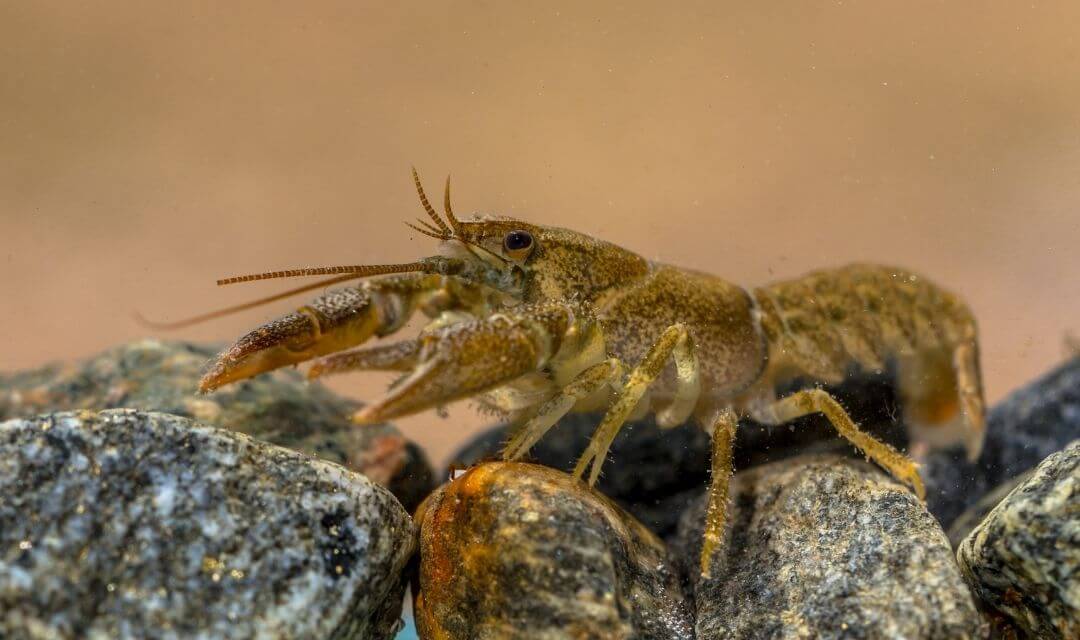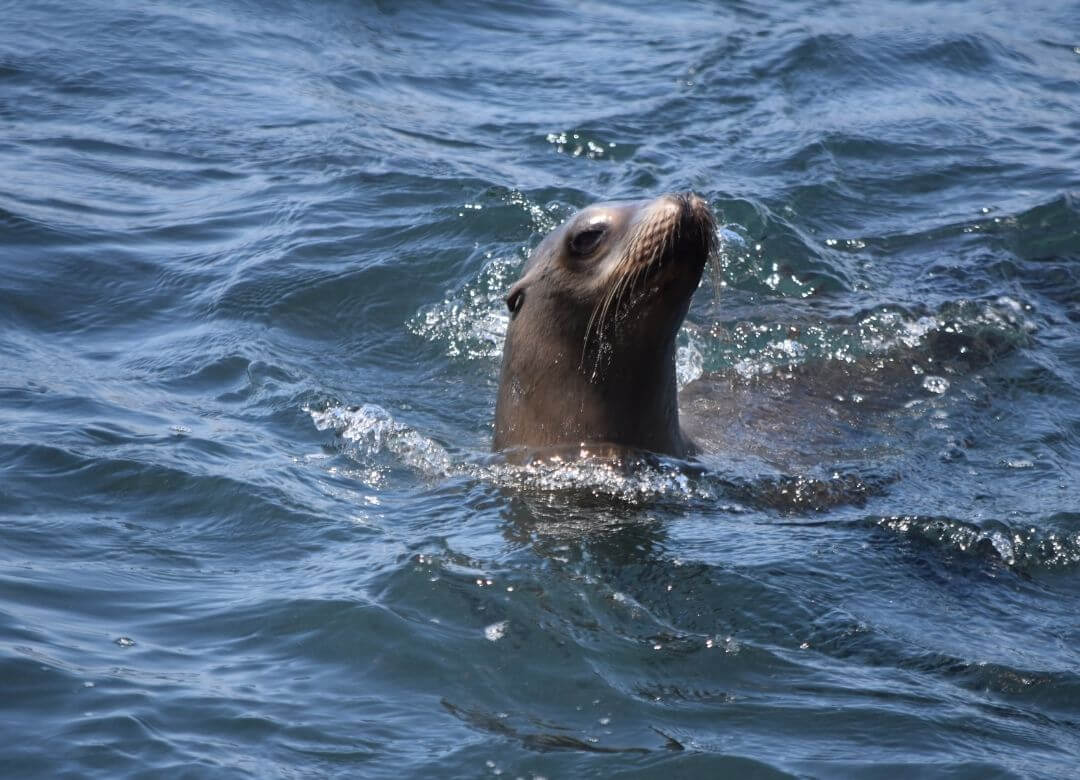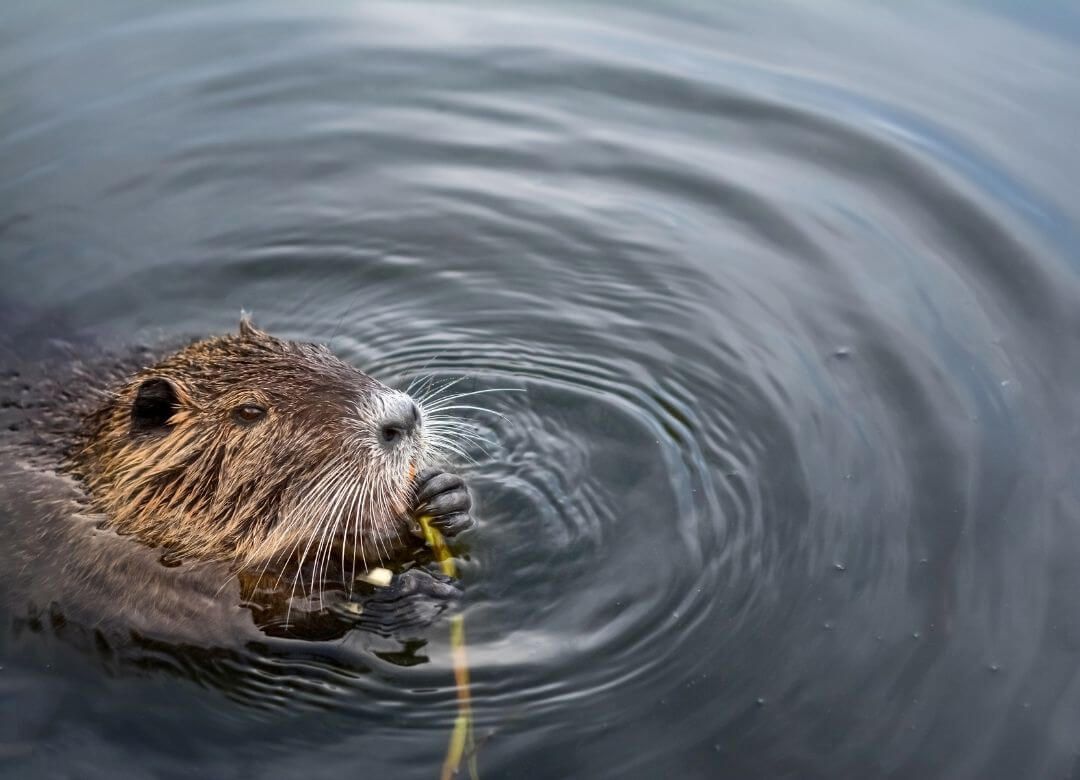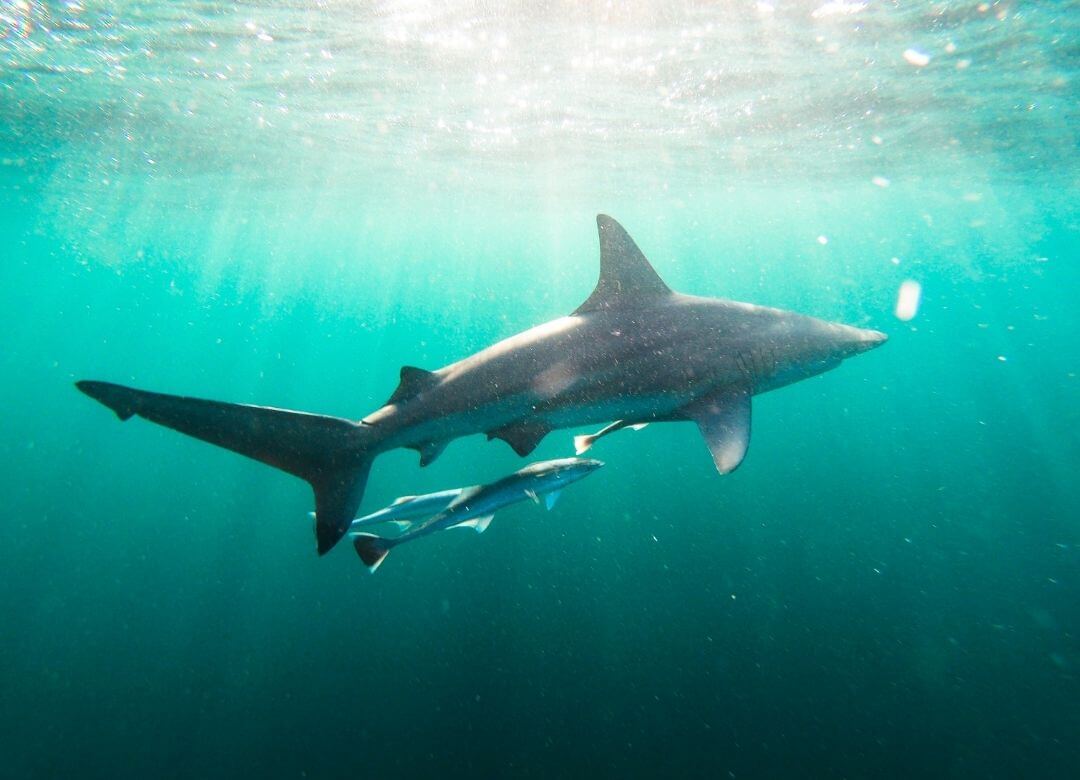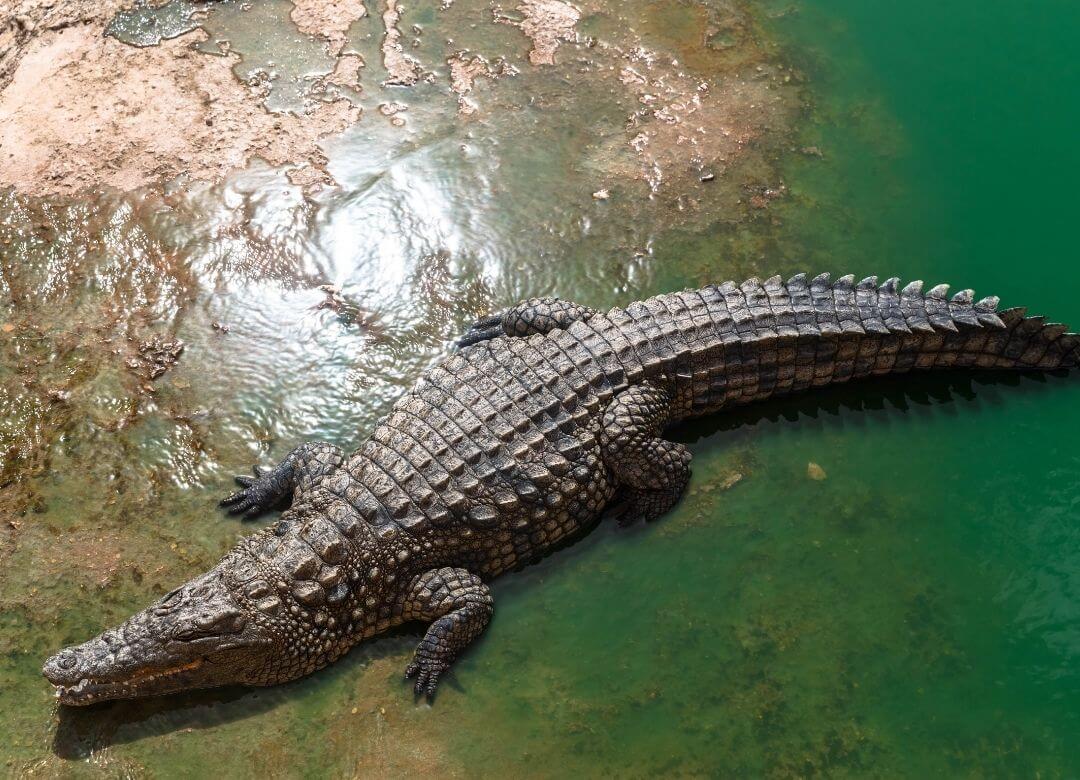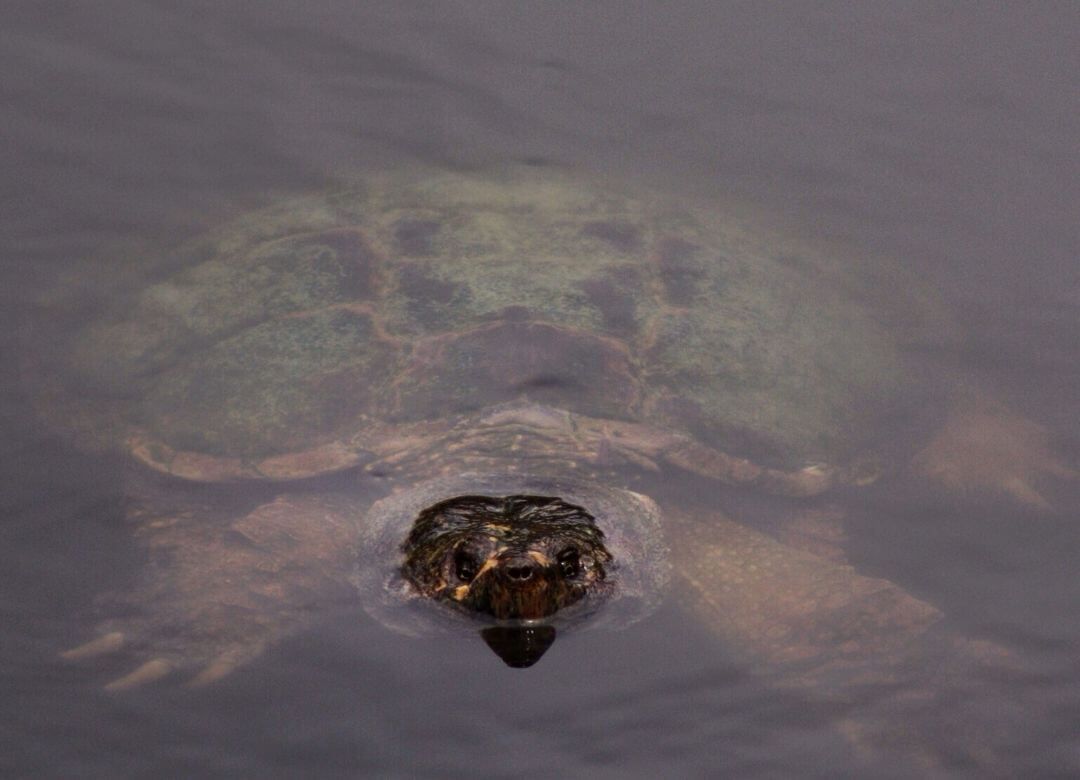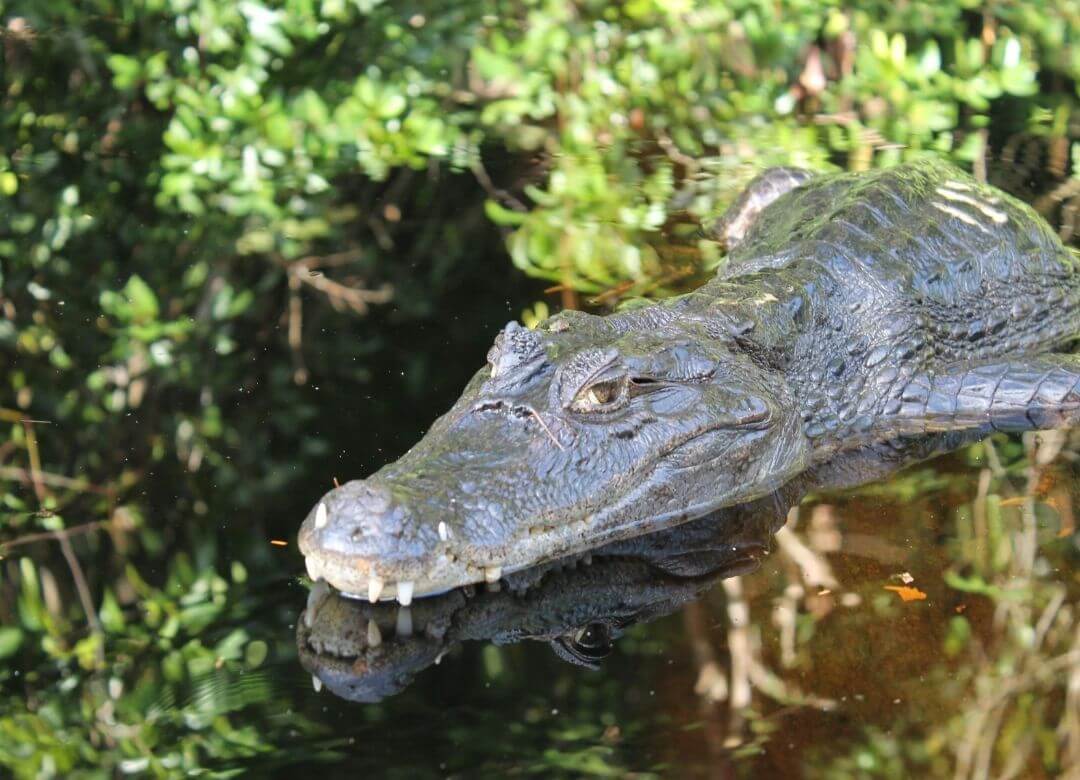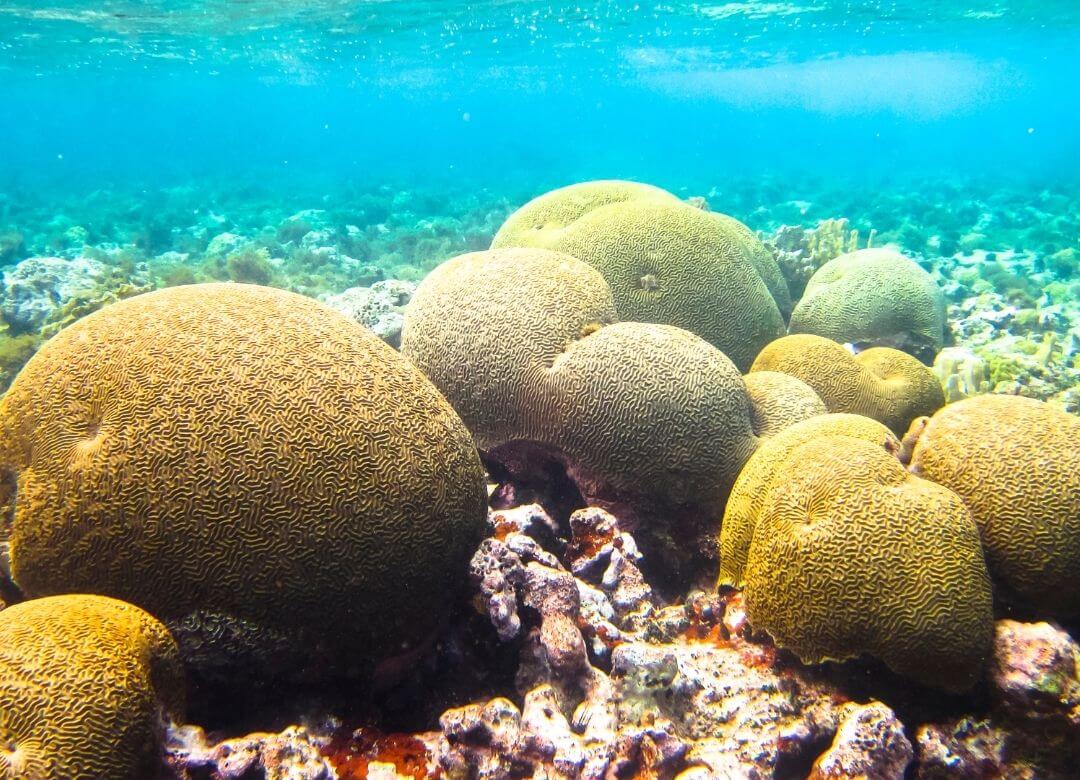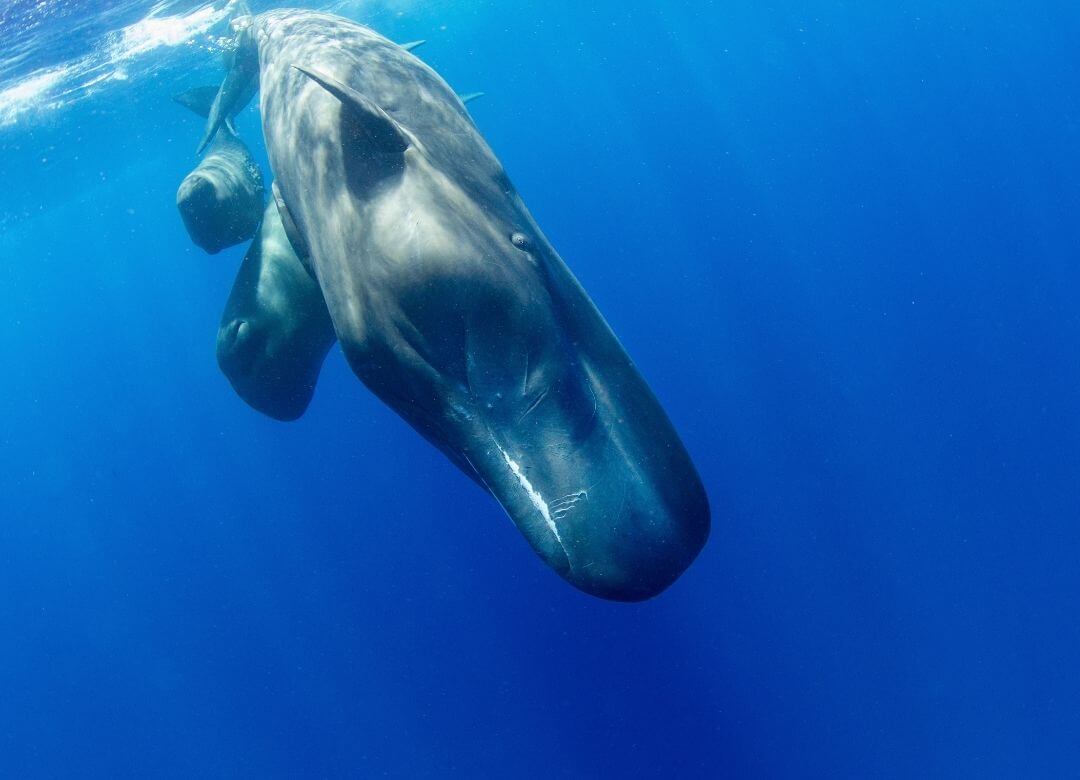Ecosystems
Science Challenge
Jump to...
Email us at sarah@futurezoologistacademy.com for the Teacher's Guide!
Day One
What Is an Ecosystem?
An ecosystem is made up of groups of living organisms that interact with each other and the non-living components of the environment in a specific region. Different parts of every ecosystem can be considered biotic or abiotic.
Biotic components are all of the living things, like plants, animals, and fungi.
The abiotic components are the non-living things, like the temperature, rainfall, rocks, or dirt.
Biotic, or living, components have adapted to survive in their ecosystems, meaning they have developed physical and behavioral characteristics to help them get food, avoid predators, and stay alive. Biotic factors interact in many different ways.
They can interact directly, like through predator-prey relationships and competition for resources.
Rabbits and grasses interact because, well, rabbits eat grasses. Those rabbits are also interacting with other herbivores in the ecosystem, as they compete for enough grasses.
Plants and animals can also interact with each other indirectly.
Even though wolves don't directly eat grasses, if there are too many wolves in an ecosystem, they eat all the herbivores and the plants can grow out of control!
Living organisms within an ecosystem can affect the survival of organisms they don't even come into contact with!
How Ecosystems Differ
Each type of ecosystem has its own set of biotic and abiotic factors resulting in many different types of ecosystems! Ecosystems come in every size, from a tiny puddle to the vast ocean. Larger ecosystems are often referred to as biomes.
Biomes are large areas of Earth that are characteristized more by what lives there and the climate, instead of how those things interact. An example of a biome would be a forest or the tundra, and each biome has smaller ecosystems within them!
Every ecosystem, regardless of size, is connected in the global ecosystem (biosphere), which is a combination of all of the Earth's ecosystems! Through biotic factors like animals in food webs and abiotic factors like weather, some of the most distant and different ecosystems on the planet are closely connected.
Through these seven challenges, you will explore the different factors that make up an ecosystem and explore some of the major biomes of our world and the smaller ecosystems within them. You will learn what makes different ecosystems unique and how living organisms have adapted to withstand the many challenges they present.
Biotic or Abiotic?
Each photo below contains something that could be found in an ecosystem. Determine if the characteristic in each photo is biotic (living) or abiotic (non-living)!
Challenge #1
Regardless of where you are on the planet, you live in some kind of ecosystem. Whether you live in the desert, a forest, or even the tundra, there are biotic and abiotic factors all around you that work together to make the ecosystem function. Some factors provide shelter or a food source, others help keep the population of other species in check or provide critical resources!
For challenge #1, take a look outside! Select five natural things that you see (no houses, buildings, cars, etc.) and think about their role in the ecosystem. Their role might be providing food, shelter, nutrients, or any other way that they are helpful in their ecosystem! For each of your five items, identify if they are biotic or abiotic and what role they play in the ecosystem!

Day Two
Forests
The first major ecosystems we're going to learn about are forests!
Forest ecosystems are regions where the main plants are trees that are close together and form a closed canopy. Forests cover around 30% of Earth's land but are home to roughly 80% of all species found on land.
Forests are one of the most important ecosystems on our planet because they provide a home to thousands of species and help pull carbon dioxide from the atmosphere and turn it into oxygen!
We depend on forests to help control the global climate. However, forests are also one of the most at-risk ecosystems in the world.
Deforestation
Deforestation is the process of removing trees by cutting them down or burning them to harvest their resources or make room for something else.
Forests are destroyed to create space to build communities , to create paper and lumber , and to develop agriculture . Agriculture is a growing issue because the demand for natural resources is increasing.
Each year, thousands of acres of forests are cleared for large-scale production of palm oil and sugarcane. To help stop the negative effects on the global ecosystem we must stop deforestation, which we can do by shopping locally and sustainably!
Forests can be found in very different climates. They can occur near the equator where it is very hot, and they can occur far from the equator or on mountains where it is very cold, or they can be found in many places in between! There are three main types of forest.
Tropical Forest
Tropical forests are found in warm, humid regions and have frequent and consistent rainfall. Because of their location near the equator, tropical forests don't experience normal seasons and are roughly the same temperature all year. Rainforests are ecological hotspots, meaning they are home to many diverse plants and animals, such as insects, frogs, lizards, and many small birds and mammals. Trees are mostly evergreen with huge canopies and large, dark green leaves.
Temperate Forest
Temperate forests are found slightly further from the equator and are characterized by high levels of precipitation and, because of the cold winter season, mostly deciduous trees (trees that lose their leaves in the winter). Temperate forests may have rain in the warm months and snow in the winter, but do not get more precipitation than a rainforest. While temperate forests are also not as diverse as tropical forests, they are still home to many animals, such as rabbits, squirrels, deer, foxes, and many birds. Trees are often tall, broad-leaved, and more spaced out than tropical forests.
Boreal Forest
Boreal forests, also known as taigas, are found further away from the equator than the other two forests and occur only in the northern hemisphere. Because of the high latitude, boreal forests are quite cold and have a short, rainy summer and cold, dry winters with freezing temperatures and snow. Some animals, like bears, moose, lynx, weasels, and many birds have adapted to survive the challenging conditions. Trees are mostly conifers, which have needle-like leaves year-round and produce plentiful cones filled with seeds that wildlife enjoy.
Forest Frenzy
Each photo below contains a characteristic of one of the three different types of forests. Using the information above, determine which type of forest (tropical, temperate, or boreal) has that characteristic.
Challenge #2
Forests are a very important part of the global ecosystem! Not only do they help control the climate, but also because they provide homes to thousands of species and are considered one of the most diverse ecosystems on the planet. Forests are filled with many tree species and other plants that provide protection, food, nesting material, and many other resources to animals.
For challenge #2, select one type of forest and think about the type of trees and animals that live there. Draw a large tree from any type of forest, don't forget the roots, trunk, branches, leaves, fruits/seeds, and any holes or crevices that might be in the tree! Identify four animals that depend on trees in the forest and draw them on your tree! Describe how your tree benefits them.
Day Three
Deserts
Deserts are ecosystems that receive very little rainfall, usually no more than 20-inches per year and sometimes, much less! Deserts cover roughly one-fifth of the Earth's land surface and are home to some of the most unique and well-adapted plants and animals on Earth. Because all deserts are fairly dry, plants and animals have adapted strategies to maximize water intake and reduce water loss.
One of the major ways desert plants lose water is through transpiration , which occurs when water vapor is lost through small pores on leaves. Desert plants have developed many characteristics to reduce the amount of water that is lost through transpiration, like sealing in moisture with a waxy coating , having small, light-colored leaves to repel heat , and having huge roots to soak up as much water as possible.
Animals have also had to get creative. In fact,
some desert animals are able to survive on almost no water at all. They have adapted to
survive on moisture they pull from their food ! Desert animals are often
light in color to keep cool and some have learned to be
nocturnal, or active at night-time, to avoid the heat of the day. Many desert plants and animals are unlike species found anywhere else on the planet.
There are four major types of deserts...
Arid Desert
These deserts are also known as hot and dry deserts. Temperatures are warm year-round and particularly hot in the summer. Rainfall is scarce and often happens in quick bursts. The soil is course and well-draining. This includes the deserts in the American Southwest, the Sahara Desert, and many others.
Semi-Arid Desert
In semi-arid deserts, rainfall is rare in the summer and occurs infrequently in the winter. Temperatures may still reach nearly 100 degrees in the summer, though night-time temperatures are usually cool year-round. The Great Basin Desert in the US and deserts in Greenland and northern Asia are semi-arid deserts.
Coastal Desert
Coastal deserts are often much cooler than arid or semi-arid deserts. While fog is common from the moisture of the ocean, there is still little rainfall. Coastal deserts occur where an area with little precipitation meets the ocean, like where the Sahara desert meets the ocean on the NW coast of Africa and creates the Atlantic coastal desert.
Cold Desert
It is common for cold deserts to experience snowfall in the winter, which is also when they experience most of their rainfall. They can be found in regions far away from the equator, like Antarctica, or in regions with high elevations, like the mountains.
Desert Adaptations
Plants and animals have evolved to have incredibly unique characteristics and behaviors to help them survive in harsh desert ecosystems. Plants have it especially tough since they cannot change their behaviors or move to follow the rain. From the plant characteristics below, identify if they would be beneficial or harmful to desert plants!
Challenge #3
While many plant species have mastered living in desert ecosystems, there are many animals who have done the same. In fact, there are thousands of animal species that call the desert home. Life in the desert is no easy feat for animals and, though they too have adaptations that help them survive, they are constantly threatened by drought and a lack of resources. Not any animal can live in the desert; it takes a lot of special physical abilities and intelligent behaviors.
For challenge #3, you are going to be figuring out what it takes to survive in the desert! Many desert animals have non-desert relatives. Bobcats live in the Sonoran desert and are related to the non-desert Canada lynx. Fennec foxes live in the hot Sahara desert and are closely related to the cold weather arctic fox! Use the Desert Animal Characteristics presentation below to help you compare and contrast these two sets of animals and hypothesize why one can live in the desert and the other cannot!
Day Four
Grasslands
Grasslands , as the name suggests, is an ecosystem where the primary plants are grasses. Grasslands are frequently described and categorized differently, but it is thought that grasslands cover nearly a quarter of Earth's land and go by many names, such as prairies, savannas, steppes, rangelands, and so many others. Grasses aren't the only plants found in grasslands; they can also have a variety of non-woody shrubs and bushes, as well as the occasional tree. Most of the large plants in grasslands are kept at bay by herbivores and omnivores who constantly chew away vegetation like living lawnmowers.
Grasslands tend to get little rainfall and, in some regions, rain comes seasonally and has extended periods of drought. The lack of rain makes it challenging for large plants, like trees, to grow and challenges the animal species in the ecosystem. Some animals will migrate throughout the grassland following the rain and food. Grasslands occasionally experience wildfires due to the lack of rain and highly flammable grasses. However, occasional fires in grasslands are actually a good thing because they help restore nutrients to the soil, and grasses generally recover quickly.
While there is some debate over the different types of grasslands, many agree that there are two types...
Tropical Grassland
Tropical grasslands can also be known as savannas and are found in Africa, Asia, and Australia. Tropical regions generally get more rainfall than temperate regions, though they are known for having a wet and dry season. Rainfall generally occurs during just a few months and is followed by extended periods of drought. Though tropical grasslands are known for having low-nutrient soil, they are capable of supporting populations of large animals such as elephants and rhinoceroses.
Temperate Grassland
Temperate grasslands, commonly called prairies, are found further from the equator, resulting in more temperature variation throughout the year. Temperate grasslands are also known for getting less rainfall than tropical regions, resulting in even fewer trees in the landscape. The soil in temperate grasslands is often nutrient-rich and supports a healthy grass population that encourages wildlife in the area, such as prairie dogs, deer, and rabbits.
Grassland Features
Identify if the ecosystem characteristics below belong in a grassland or a different type of ecosystem!
Challenge #4
Grassland Food Webs
The African savanna is one of the most well-known grassland ecosystems in the world, partly because of the amazing animals that live there! Those animals would not survive on the savanna if it were not for the plants that flourish from the heavy seasonal rains. Seasonal rains bring about a new generation of plant-life that is the foundation for many intricate food webs.
For challenge #4, you are going to build a food web for the African savanna! Using the species below, draw arrows to show who eats who and how energy moves throughout the savanna.
Giraffe - Lion - Gazelle - Insects - Grasses - Meerkat - Acacia Trees - Ostrich
Day Five
Tundra
Tundra ecosystems are found in Arctic regions and at the top of tall mountains. They are treeless ecosystems that are c overed in snow most of the year and receive very little rainfall . Conditions in the tundra are extreme for most of the year with freezing temperatures and harsh winds , so plants and animals have evolved very specific adaptations.
The tundra is often referred to as the frozen desert because of its scarce rainfall, though tundras are generally found much further from the equator than deserts. Because of their high latitudes, tundras have long winters and a short summer growing season. The long winter combined with the mostly-frozen soil makes it very challenging for plants to survive. However, some plants, like lichens, grasses, and small shrubs are able to survive and produce beautiful wildflowers in the summer.
Summers provide plentiful food for many species that will leave their melting sea ice to store up on nutrients. Arctic wolves , arctic foxes , and even polar bears will venture into the tundra, as will many migratory birds. There are some animals who have evolved to live in the tundra year-round, such as large mammals like caribou and small mammals like arctic hares and lemmings.
Tundra Triumph
Test your tundra knowledge!
Challenge #5
One of the reasons it is so challenging for plants to survive in the tundra is because the soil is not your average soil. Because of the freezing temperatures, the soil has frozen and become what we call permafrost . Permafrost is found in the coldest regions of the world where temperatures are freezing for most of the year. Plants struggle to take root or grow in the frozen, low-nutrient soil. Luckily, not all soil is like that! The quality of soil is very different between ecosystems and, odds are, you don't have permafrost where you live.
For challenge #5, we're getting our hands dirty!
With the help of an adult, go outside and dig down into the soil. Dig 2-3 inches down and collect the soil in a small bowl. Be careful for any worms and be kind to the nature around you! When you go back inside, be sure to wash your hands!
Describe your environment! Where are you? What biotic or abiotic things are around you?
Describe the texture of your soil; what does it feel like? Describe the color; is it dark or light, brown or black? Describe any other things you notice about your soil! Is it wet or dry? Are there non-soil things in your bowl? Make notes about any other qualities of your soil that you observe or anything you came across while you were digging!
Do you think it would be easy or hard for plants to grow in your soil? Why?
Day Six
Salt Water/Marine
Marine ecosystems cover roughly three-fourths of the entire planet! Marine ecosystems are found in the world's oceans, which are much saltier than freshwater ecosystems. Oceans are filled with thousands of species of plants and animals that have evolved to live fully or semi-aquatic lives. One of the most important organisms in the ocean is phytoplankton. Phytoplankton are plants; they are tiny algae that float around near the surface of the ocean and photosynthesize. Phytoplankton are very plentiful and efficient at pulling carbon dioxide from the atmosphere and producing oxygen. Sometimes we refer to oceans as 'carbon sinks' because they can absorb so much carbon dioxide!
Saltwater ecosystems are filled with lots of smaller ecosystems, as are many of the other major ecosystems. Some animals are confined to their smaller ecosystem while others can migrate between them. Regardless, marine plants and animals depend on the resources provided by the ocean to help them survive.
Marine Ecosystem Examples
Coral Reefs
Coral reefs are found in warm, tropical waters near the equator and are some of the most diverse ecosystems on Earth. Coral reefs are made of hard and soft corals that support thousands of species. They even act as a nursey for some large species, like whales!
Deep Ocean
The deep ocean is far beneath the ocean's surface where there is hardly any light, so plants cannot photosynthesize and struggle to live here. Life in the deep ocean is well-adapted to surviving in total darkness and often produce their own light!
Tide Pools
Tide pools occur on rocky beaches during low tide when the water has exposed more land and the only water that remains on the beach is in small pools. These pools can be filled with a surprisingly huge variety of plants and animals, such as algae, sea stars, crabs, and sometimes even octopi, that all compete for resources until high-tide returns.
Mangrove
Mangrove ecosystems are found on coastlines where mangrove trees create shelter and provide food both above and below the surface of the water. Roots of mangrove trees grow down into shallow, tropical water creating an underwater forest for animals to find protection.
Kelp Forest
Kelp forests are coastal ecosystems where large kelp plants thrive, as do many other coastal species. Kelp plants are rooted in the seafloor and can grow nearly one-foot per day! They support large fish populations, along with invertebrates like sea urchins and sea stars, and so many others.
Open Ocean
Much of the ocean is considered the open ocean. The open ocean is found from the tropics to the arctic in areas above the seafloor where light can reach. The open ocean is largely unprotected, so there are few small animals but have larger fish and migratory species, like whales, that travel great distances between ecosystems.
Ocean ID
Match each photo below with the correct ocean ecosystem listed below using the information you just learned on different marine ecosystems!
A) MANGROVE - B) CORAL REEF - C) KELP FOREST - D) OPEN OCEAN - E) TIDE POOL - F) DEEP OCEAN
Challenge #6
Marine ecosystems make up a majority of our planet and are filled with plants and animals! Many marine ecosystems are connected through food webs, and food webs even connect them to life on land! Birds, otters, and even humans depend on the success of the marine food web. Over time, humans have developed more efficient ways to catch fish, but have also caused some problems. Some of these fishing methods can catch animals they don't mean to catch, destroy entire ecosystems, or catch fish faster than they can repopulate.
For challenge #6, watch the three videos below that show some of the harmful fishing methods that are currently being used!
Fish are a very important food source for humans, so we must invent a better, more sustainable tool! Design a tool that fisherman can use to catch schools of fish without destroying ecosystems or catching other animals!
Day Seven
Freshwater
Freshwater ecosystems are part of Earth's water systems that have a
low salt content and are often
found inland. Freshwater ecosystems can be
lakes, ponds, rivers, streams, wetlands, and springs that are home to many aquatic plants and animals. The organisms that live in freshwater ecosystems differ based on the type of ecosystem. Plants found in a fast-moving river can be very different than plants found in a wetland where the water is still.
Freshwater is one of the
most important resources on the planet. Pretty much all living things need water in some form, including humans. Animals will often build their homes around a water source and people do this, too. Communities depend on freshwater for drinking, cooking, and growing crops. Most life on Earth depends on the presence of freshwater and the resources it provides.
Freshwater ecosystems can change dramatically throughout the year, challenging the species that depend on them. Ponds that were once overflowing and an important water source for plants and animals can become dry patches of dirt. Rivers that carve through the landscape with rushing waters can slow to a trickle or dry up altogether. The plants and animals that call freshwater ecosystems home have evolved to survive these dramatic changes with some incredible adaptations.
Aquatic Ecosystem Confusion
Identify which species below are freshwater species and which are saltwater/marine species!
Challenge #7
Not all animals that live in freshwater ecosystems are fish. Mammals, amphibians, and even birds have adapted to make freshwater habitats their home. Each type of freshwater habitat provides its own unique set of resources but also its own set of challenges. Plants and animals have had to evolve based on the type of freshwater habitat they're in!
For your 7th and final challenge, identify three animal species that are not fish that live in freshwater ecosystems! How have these non-fish species adapted to their various ecosystems? What resources do the animals rely on in the freshwater ecosystems?
Glossary
Abiotic
The non-living parts of an environment, like the temperature, rainfall, rocks, or dirt.
Adaptation
The process by which a species becomes more fit for its environment over the course of several generations. It is a result of natural selection.
Biotic
The living parts of an ecosystem, like the plants and animals.
Climate
Weather conditions in a region over a long period of time.
Crepuscular
An animal that is mostly active at dawn and dusk.
Deforestation
The process of removing trees by cutting them down or burning them to harvest their resources or make room for something else.
Desert
Ecosystems that receive very little rainfall, usually no more than 20-inches per year and sometimes, much less.
Diurnal
An animal that is mostly active during the daytime.
Ecosystem
A specific region made up of groups of living organisms that interact with each other and the non-living components of the environment.
Food Web
Tool used by scientists to show how energy flows throughout an ecosystem
Forest
Regions where the main plants are trees that are close together and form a closed canopy.
Freshwater Ecosystem
Regions of Earth's water systems that have a low salt content and are often found inland. Examples include lakes, ponds, rivers, streams, wetlands, and springs.
Global Ecosystem
Combination of all Earth's ecosystem and their influence on long-term global weather.
Grassland
An ecosystem where the primary plants are grasses due to infrequent rainfall.
Marine Ecosystem
Regions of Earth's water systems that have a high salt content, like the oceans.
Nocturnal
An animal that is active mostly at night-time.
Permafrost
Soil that is mostly frozen and low in nutrients, making it challenging for plants to grow.
Phytoplankton
Small algae that float near the surface of the oceans and are very efficient at turning carbon dioxide into oxygen.
Transpiration
The process of plants losing water (as water vapor) through tiny pores on their leaves.
Tundra
Treeless ecosystems found near the poles or at the top of mountains that are covered in snow most of the year and receive very little rainfall.
Looking for more amazing lessons?
Future Zoologist Academy is the only online zoology and ecology program designed for kids who love animals. Check it out using the link below.

